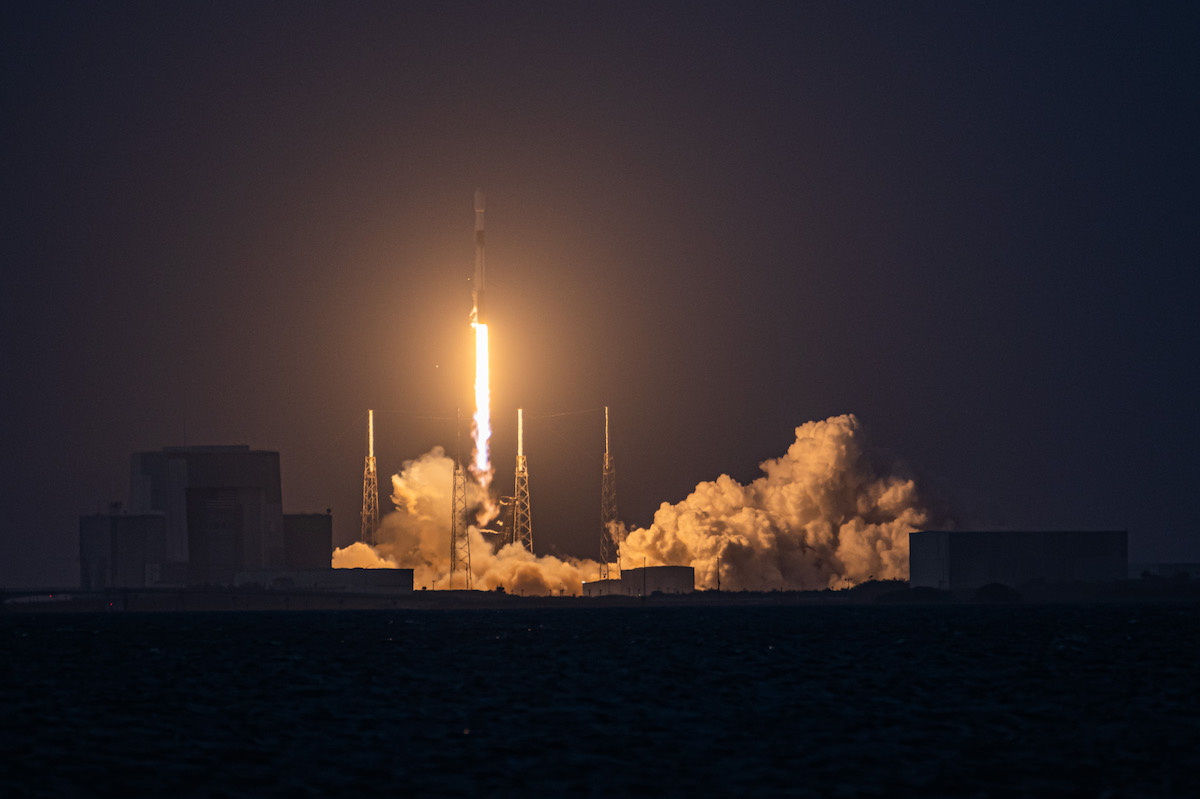
SpaceX launches final two satellites in SES C-band clearing plan
SpaceX launched the last two satellites March 17 that SES needs to claim C-band spectrum clearing proceeds worth nearly $4 billion in total.
Go to source
orbit

SpaceX launched the last two satellites March 17 that SES needs to claim C-band spectrum clearing proceeds worth nearly $4 billion in total.
Go to source
Budget pressures in NASA’s planetary science program could force the agency to choose between continuing a mission to Venus that has already been delayed or requesting proposals for a future mission.
Go to source
Intelsat has acquired a “significant amount” of capacity from the recently launched Amazonas Nexus satellite to meet demand for connectivity over the Americas, an executive for the company told SpaceNews.
Go to source
The U.S. Federal Communications Commission unveiled its proposed framework March 17 for regulating the use of terrestrial wireless spectrum from space for connecting smartphones beyond the reach of cell towers.
Go to source
The United Launch Alliance (ULA) team has completed the next phase of testing in preparation for the inaugural Vulcan rocket flight.
Go to source
Hot on the heels of Tuesday’s successful CRS-27 launch, SpaceX’s Falcon 9 was in action again for a pair of back-to-back missions from both coasts Friday, tasked with deploying communications satellites into orbit.
Go to source
In a vote of confidence for a troubled launch vehicle, Arianespace won a contract from the Italian government for up to three Vega C launches of an Earth observation constellation.
Go to source
China added its initially civilian Gaofen Earth observation series Friday with the launch of the classified optical geostationary Gaofen-13 (02) satellite.
Go to source
SpaceX launched two Falcon 9 rockets in a span of a little more than four hours Friday, a record-setting day that began with the launch of 52 Starlink internet satellites from California and ended with the sunset liftoff of two SES television broadcast payloads from Florida.
Go to source
Rocket Lab launched its second Electron rocket from Virginia March 16, placing two Capella Space radar imaging satellites into orbit.
Go to source